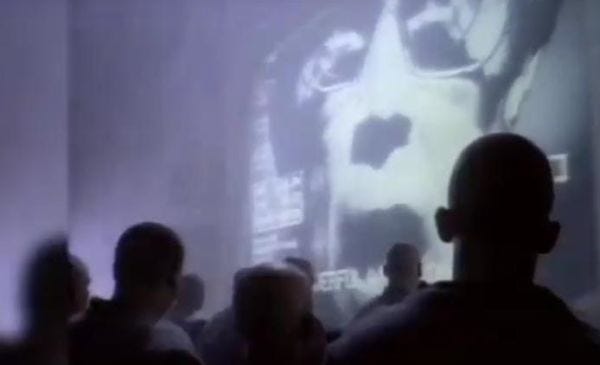When I was a newly minted PhD, bright-eyed, bushy-tailed, in my first tenure-track position, one of the things that I had the opportunity to do early on was to teach in what was then called “distance education.” My first job was at Old Dominion University, and they had a program that articulated both with state community colleges and the armed forces. Basically, they would deliver courses locally (to cc classrooms and to bases and aircraft carriers) so that students could earn AA degrees, then come to ODU and turn them in BAs in a reduced time.
This was in the very earliest days, the “information superhighway!” days of the internet, and so when I got there, we were just starting to experiment with online delivery (as opposed to televisual, which had been the standard up to that point). One of the things that ODU did right was they gave faculty course releases to prepare distance courses—they understood that it wasn’t just a matter of reading lecture notes at a television camera. As part of that preparation, I had my first encounter with instructional designers, university staff whose job it was to help us prepare those courses. As someone who was hoping to pilot an online course, I was excited to work with them—writing courses are not especially well-suited to TV, after all.
The problems began almost immediately. My attitude was probably typical of the tech hobbyist; I wanted them to tell me what they could do, and then I could build my course around what was possible. Their approach was different: they wanted me to tell them what I wanted to do, and then they would build it for me. We should have gotten along really well, given the overlap in our interests and expertise; instead, we never got past that initial difference in attitude. It wasn’t quite a disaster.
There are cynical ways to view our misunderstanding (they wanted proprietary credit for my work) and others more generous (they wanted to be able to replicate it with other faculty), but ultimately, I think that we had different Venn diagram understandings of our mutual relationship. I still think that I was in the right—my approach to the classroom has always been more emergent. That is, I tend to tweak and adjust depending on the course material, the students in the course, etc., because ultimately, the course is the outcome of our interactions, not something that I can plan out or predict in advance. But then, I don’t think of education as an information delivery system, an attitude that puts me at odds with a lot of the platforms and philosophies that you’ll encounter from educational technology and its proselytizers.
As with many of my posts, this is a long prelude for the actual subject, which is danah boyd’s recent piece at Medium, “Dear Alt-Twitter Designers: It’s about the network!” I don’t know that I have a great deal to add to it, except to say that I’ve thought about similar issues over the years. boyd offers a perspective that is somewhat bemused about all of the Twitter clones that have emerged over the past year or so, most of which will join whatever afterlife exists for dead social media.
Part of what gets lost in the collapsed context of social media is that sense of time—platform designers seem intent on leaping straight to the place where their sites are generating value instantly, without understanding that value is often something that accrues over time. Whatever we might think about them now, the most successful platforms weren’t instantly, immediately, and obviously valuable. They were tools that folks used to develop the norms, networks, and habits that eventually yielded value.
And there’s something to be said, too, for the users, who experience social media according to their own paces, especially having experienced many instances of enshittification, directed by the “visionaries” who profited off of them. The idea that Twitter would get so toxic that people would leave in droves and then think that what they need is to find a “new Twitter” is actually kind of laughable, honestly. And it’s why boyd writes that “a LOT of money is going to be wasted relearning the lessons from the last 20 years.”
One other note from her piece, and that’s the idea of “blitzscaling,” used here in the context of Google+:
This was birthed out of the arrogance of a major company who believed that they could leverage their scale to dominate social media. The launch of this was an example of blitzscaling where the sudden fast scaling (thanks to the behemoth power of Google) triggered a blitz. But not the kind where a military feels emboldened, the kind where those on the ground feel destroyed by aerial bombardment. No matter how not-evil they were, Google simply couldn’t bomb its audience into sociality.
This was the idea (and term) that made me think about my days at ODU. Google (and plenty of others) start from the idea of what they think “we want” and build it. The most successful social media were the ones that gave us tools to figure out what we wanted, which we did, and then that was what gave their platforms value. The problem is that the entire industry rebuilt itself to skip the steps where that happens—I’m not as confident as boyd that we’ll actually find our way through this particular phase of things.




